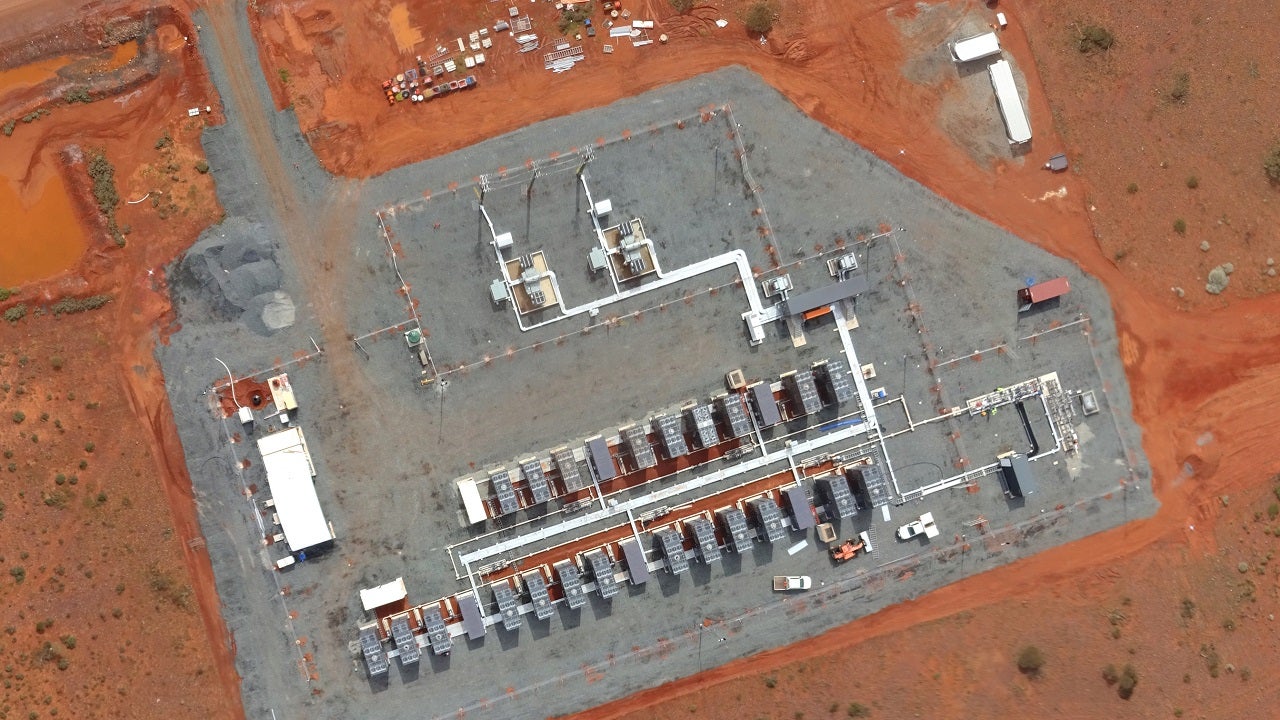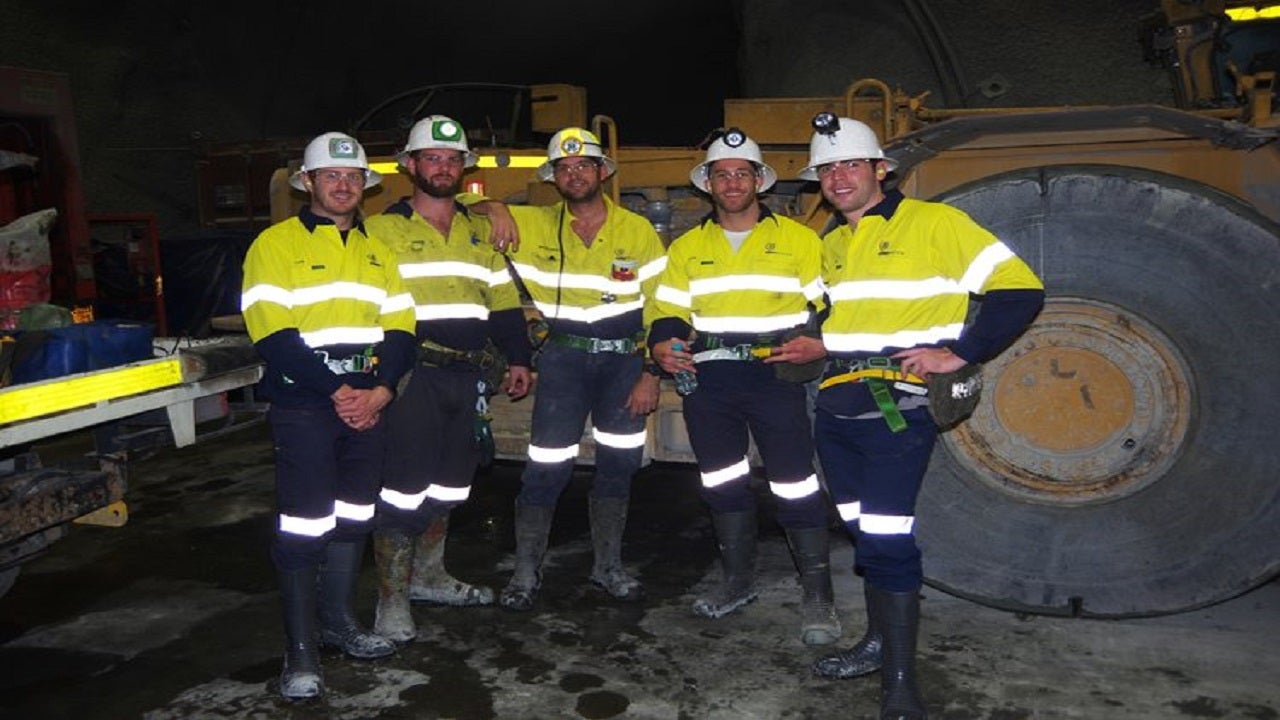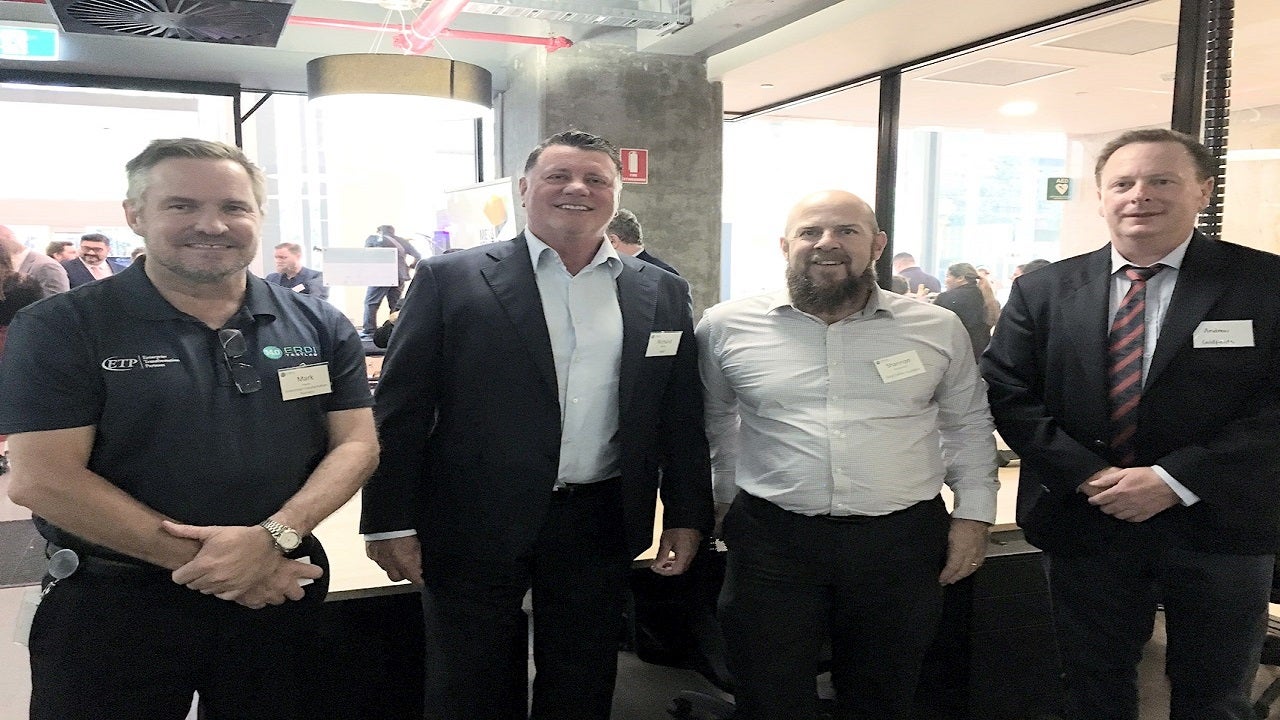Granny Smith Mine (GSM) is an underground gold mine located in Western Australia. It is among the largest and highest producing gold mines in the country.
The mine is 100% owned by GSM Mining Company, a wholly-owned subsidiary of gold mining firm Gold Fields. It was acquired by Gold Fields in October 2013 following the purchase of the Yilgarn South operations.
The Granny Smith gold deposit was discovered in 1979. The first gold was poured from the mine in 1990 while the Wallaby deposit was subsequently discovered in 1998. The open-pit of the deposit was mined between October 2001 and December 2006. Underground mining at the deposit started in December 2005. GSM has an estimated mine life of ten years.
Granny Smith mine location
GSM is located within the Yilgarn Craton, approximately 400km away from the city of Kalgoorlie in Western Australia.
The gold mine is situated in the Eastern Goldfields in the Laverton district, approximately 740km northeast of Perth. The site can be accessed via private charter flight from Perth, or via road from Laverton and Kalgoorlie.
GSM geology and reserves
The region predominantly includes the granitic Mt Margaret dome and the Kirgella dome. The domes are bounded by north-northwest-striking shear zones, with the central zone overlaid by north to north-northeast-striking sigmoidal shear zones. Developed in the tectonic evolution, the distinct strikes led to late-stage orogenic gold mineralisation at the Wallaby and Granny Smith deposits.
The mine is estimated to contain total proved and probable reserves of 12.49 million tonnes (Mt) graded at 5.51g/t of gold (Au), containing 2.07 million ounces (Moz) of gold, as of December 2019. The estimate includes 12.44Mt of underground reserves and 43,000t of surface reserves.
The total mineral resources at the mine stand at 49.41Mt, graded at 5.23g/t of Au, containing 8.31Moz of gold.
Mining at Granny Smith mine
GSM extracts ore from four zones of the Wallaby underground mine, which is accessed through a portal developed within the Wallaby open-pit.
The mining operations are trackless and include underground truck haulage to the surface. The mine employs two primary underground mining methods with minor modifications to suit the geometry. It uses inclined room and pillar (IRP) system in areas with a moderate dip and moderate width zones, and transverse long-hole stoping (TLHS) for thicker zones with variable dips.
The operations also involve two secondary mining methods, including the narrow vein long-hole stoping for areas with reduced planned footwall dilution, and the bulk long-hole stoping method for areas with thicker zones under varying dip conditions.
Processing details
The ore from the mine is processed at the Granny Smith carbon-in-pulp (CIP) processing plant, located 12km away from the Wallaby underground mine. Commissioned in 1990, the plant has been upgraded multiple times over the last 30 years. An upgrade in 2015 added a gravity circuit for the treatment of ore from the Wallaby underground deposit while another upgrade in 2017 improved the operating systems and metal recovery.
The plant has a capacity of three million tonnes per annum (Mtpa) and includes a two-stage crushing circuit, a standard SAG and Ball mill (SABC) grinding circuit, and a pressure Zadra elution circuit. It also features a leach / CIP train, a tailings recovery (TR) circuit, and a thickened tailings storage facility (TSF).
Recent developments at the gold mine
GSM was equipped with Newtrax Technologies’ digital evacuation notification solution in 2018 to ensure the safety of personnel working underground by tracking their positions in real-time. It was the second mine in the world to incorporate such a system. The Newtrax safety solution can also be used for real-time fixed plant, geotechnical, and environmental monitoring.
The mine launched an integrated systems project in 2019 to increase its production throughput. The company is currently digitalising the mine to connect and coordinate its operators, workforce, equipment and mining activities in real-time.
The project aims to create one of the most innovative, digitally connected mines in the world. One of the world’s largest renewable energy microgrids was installed at the mine in October 2020 to help cut fuel usage by up to 13% and reduce carbon emissions. The renewable grid includes an 8MW solar power generation system with more than 20,000 solar panels and a 2MW/1MWh battery system.
Contractors involved
Newtrax Technologies provided the digital evacuation notification technology for the mine.
Aggreko was contracted to design, build and operate the solar power generation system and the battery system at the site.
ABB, along with the Enterprise Transformation Partners (ETP) and the University of Western Australia (UWA), was appointed for digitalisation of the mine.






